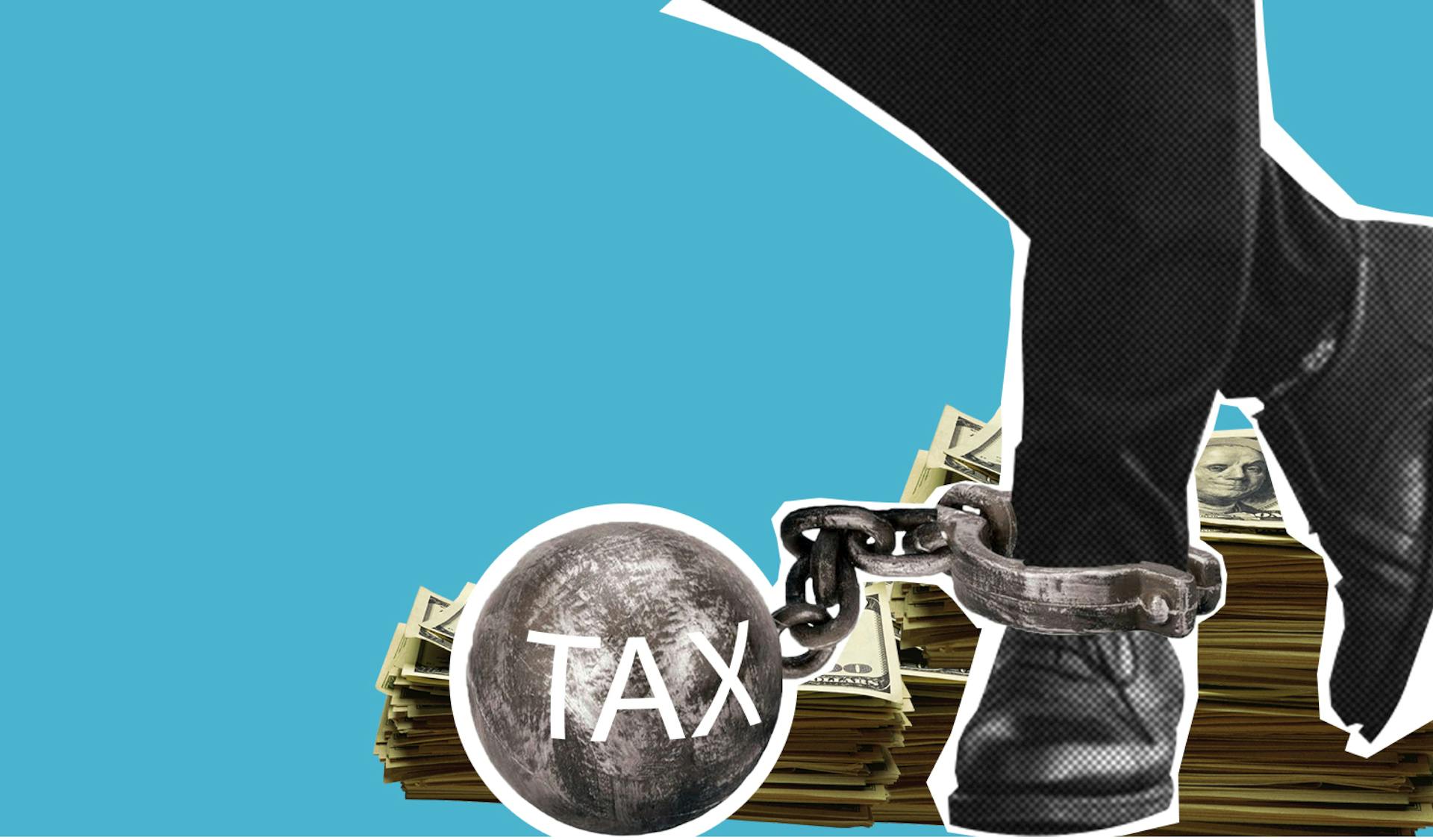
Preit, a major mall owner in the Mid-Atlantic region, has filed for bankruptcy, leaving the future of 19 malls uncertain.
This move affects thousands of employees and millions of dollars in property value.
Preit's bankruptcy filing is a result of declining mall traffic and increasing competition from e-commerce.
As a result, many malls are struggling to stay afloat, and Preit is no exception.
Additional reading: Preit Stock
Bankruptcy Filing
PREIT filed for Chapter 11 bankruptcy protection on December 11, 2023, after reaching an agreement with lenders to reorganize its balance sheet.
This is PREIT's second Chapter 11 filing in the past five years, with the company previously filing in November 2020 and emerging from bankruptcy in December 2020.
PREIT will no longer be a publicly traded company, and existing preferred and common shares will be canceled.
An aggregate $10M payment, net of costs, will be provided to holders of existing preferred and common stock, with 70% going to preferred shareholders and 30% to common shareholders.
For another approach, see: Preit Chapter 11
The prepackaged reorganization plan received support from 100% of PREIT's first and second lien lenders.
Chapter 11 proceedings allow a company to continue operations while restructuring debt, and PREIT plans to pay all vendors, suppliers, and employees during the proceedings.
The company aims to reduce its debt by approximately $880M and extend its maturity runway.
PREIT has received commitments for $135M of debtor-in-possession and exit financing from investors led by Redwood Capital Management and Nut Tree Capital Management.
The company expects to emerge from bankruptcy by February 2024.
Check this out: Does Walmart Take Capital One Credit Cards
Restructuring Plan
The restructuring plan for PREIT is a complex process, but let's break it down.
First-lien lenders will receive a cash payment equal to 100% of their claims or convert their claims into term loans under the exit facility in an amount equal to 101% of their claims.
PREIT's stock has taken a significant hit, dropping 41% in the past month, and a whopping 80% year-to-date.
Related reading: PREIT
Second-lien lenders will get their pro rata share of 65% of new equity interests in the reorganized PREIT.
Second-lien lenders who commit to backstop the exit facility will receive 35% of the new equity interests in the reorganized PREIT.
The restructuring will effectively take the public company private, which means the ownership of PREIT will be significantly altered.
Check this out: Private Equity Retail Investors
Financial Impact
Pennsylvania Real Estate Investment Trust (NYSE:PEI) filed for bankruptcy in 2020, joining the ranks of other mall REITs that declined in 2019.
The company's investment losses were significant, with a decline in stock value that left many investors concerned about their investments.
Pennsylvania Real Estate Investment Trust had a market capitalization of around $1.5 billion before its bankruptcy filing, a stark contrast to its peak value in 2013.
Investors who held onto their shares of PEI stock in 2019 were likely left with substantial losses, as the company's stock price plummeted by over 70% in just one year.
The decline of mall REITs like PEI in 2019 was a clear warning sign that the retail industry was struggling, and investors who didn't take action were left to face the consequences.
Take a look at this: Private Credit Funds for Retail Investors
Company News
In May 2022, PREIT filed for Chapter 11 bankruptcy protection.
PREIT's bankruptcy filing was a result of the company's significant debt burden, with over $3 billion in outstanding debt.
The company had been struggling to stay afloat amidst the COVID-19 pandemic, which led to a decline in foot traffic and sales at its malls.
PREIT's bankruptcy filing was announced on May 17, 2022, and was handled by the Delaware bankruptcy court.
The company's plan to restructure its debt and emerge from bankruptcy was approved by the court in August 2022.
As part of its bankruptcy plan, PREIT sold several of its shopping malls to a new company, Brookfield Property Group.
The sale was a key part of PREIT's plan to reduce its debt and emerge from bankruptcy.
PREIT's bankruptcy filing and subsequent restructuring efforts have had a significant impact on the company's operations and financials.
Readers also liked: Bankruptcy Secured Debt
Uncertainty and Future
The future of Preit is uncertain, with major tenants like Macy's, JC Penney, and Sears struggling to pay rent in the current retail environment.
Preit's malls have the highest average vacancy rate of 9.1% across different retail categories, and retailers are signing leases for smaller stores, averaging 3,200 square feet, which is the smallest since 2006.
Getting out from under debt won't be enough to restore vibrancy to Preit's malls and make them destinations for people to visit, a marketing plan is also needed.
Rufrano believes that consumers are returning to in-store retail with vigor, but Preit's share price fell by over 99% during the pandemic, leading to delisting from the New York Stock Exchange.
Occupancy at Preit's malls is over 90%, but selling assets en masse is not part of the plan, at least for now.
Uncertain Future
Preit's future is uncertain due to its heavy reliance on major tenants to pay rent. These tenants, including 13 Macy's stores and 11 JC Penney locations, are not in good financial shape.
The retail environment is tough, and demand for retail space remains strong, but malls have a high average vacancy rate of 9.1%. This is the highest among five different retail categories tracked by JLL.
Preit's malls are struggling to attract new tenants, and when they do sign leases, they're opting for smaller spots. The average size of leases signed this year is 3,200 square feet, the smallest since 2006.
The company's debt load is a significant concern, but it won't be enough to restore vibrancy to its malls on its own.
Looking Beyond
PREIT's share price fell by over 99% during the pandemic, leading the company to be delisted from the New York Stock Exchange for the first time since 1960.
The company's recent bankruptcy was partly caused by external factors, including the pandemic and anchor tenant vacancies.
Over 80% of stores stopped paying rent during the worst of the pandemic, a situation that Rufrano describes as giving him "heart palpitations".
PREIT's malls are largely in good shape, with occupancy over 90%.
Rufrano and his team are working on a business plan to improve popular malls and redevelop less fruitful sites.
The plan aims to add new uses such as apartments, medical centers, and restaurants, while also replacing abandoned locations with chain stores like Five Below and HomeSense.
For another approach, see: What Time Do Apple Stores Open
Frequently Asked Questions
What does preit stand for?
PREIT stands for Pennsylvania Real Estate Investment Trust, a leading US-based real estate investment trust. It focuses on owning, managing, and leasing high-quality retail and mixed-use properties.
Who are the new owners of Preit?
The new owners of Preit are Redwood Capital Management and Nut Tree Capital Management, two investment firms based in New York City. They provided $130 million in financing to support the company's bankruptcy reorganization.
Sources
- https://www.forbes.com/sites/pamdanziger/2023/12/13/uncertain-future-preit-owner-of-19-mid-atlantic-regional-malls-files-for-bankruptcy-again/
- https://6abc.com/preit-fashion-district-philadelphia-center-city/14168179/
- https://whitesecuritieslaw.com/preit-files-for-chapter-11-bankruptcy-protection/
- https://www.preit.com/news/preit-completes-financial-restructuring-and-implements-changes-to-management-and-board/
- https://www.inquirer.com/business/preit-bankruptcy-cherry-hill-mall-new-ceo-20240403.html
Featured Images: pexels.com


